Xpeng presents updated P7 called P7i
The Chinese electric car manufacturer Xpeng is putting the spotlight on the facelift of its P7 sedan, which is also available in Europe. The new edition is called Xpeng P7i and can be ordered in China as of now. Deliveries are also scheduled to begin this month.
Xpeng unveiled the previous P7 model in the spring of 2019 as the second model in its portfolio in China at the time. The market launch followed just under a year later in April 2020, with the first deliveries in the summer of 2020. Part of the facelift, which had already been expected and has now taken place, is an optimised thermal management system and an increased maximum charging power from 90 to 175 kW. The P7i will be launched in China in four versions at prices starting at 249,900 yuan (approx. 34,000 euros). Xpeng does not specify whether the P7i will also be offered in Europe in the future. However, in view of the recent market launch of the electric sedan in Denmark, Norway, the Netherlands and Sweden, it can be assumed that it will.
Xpeng will offer four versions of the P7i – the 702 Pro, the 702 Max, the 610 Max Performance and the 610 Wing Performance – with starting prices of 249,900 yuan, 269,900 yuan, 289,900 yuan and 339,900 yuan respectively. The number in the model name stands for the CLTC range of the versions. The two 610 variants are all-wheel-drive models, the other two are single-engine rear-wheel-drive models. For the all-wheel-drive models, Xpeng claims that acceleration from 0 to 100 km/h in 3.9 seconds is possible, up from the previous 4.3 seconds, for the other two 6.4 seconds (previously 6.7 seconds).
Among other things, Xpeng cites the “refinement of the streamlining” and a reduction in the drag coefficient to 0.236 as the reason for this increase in performance. However, the manufacturer had already stated the same value for the P7 sedan in 2020. In addition, torque is said to have been increased to 757 Nm and 440 Nm respectively (previously max. 655 Nm). Engine output remains unchanged at 120 kW (front) and 196 kW (rear), with the integrated thermal management system in the P7i having been further optimised, according to an accompanying statement. As a result, the sedan can now “easily maintain a speed of 190 km/h for 30 minutes” and “increase range by up to 15% in winter conditions”.
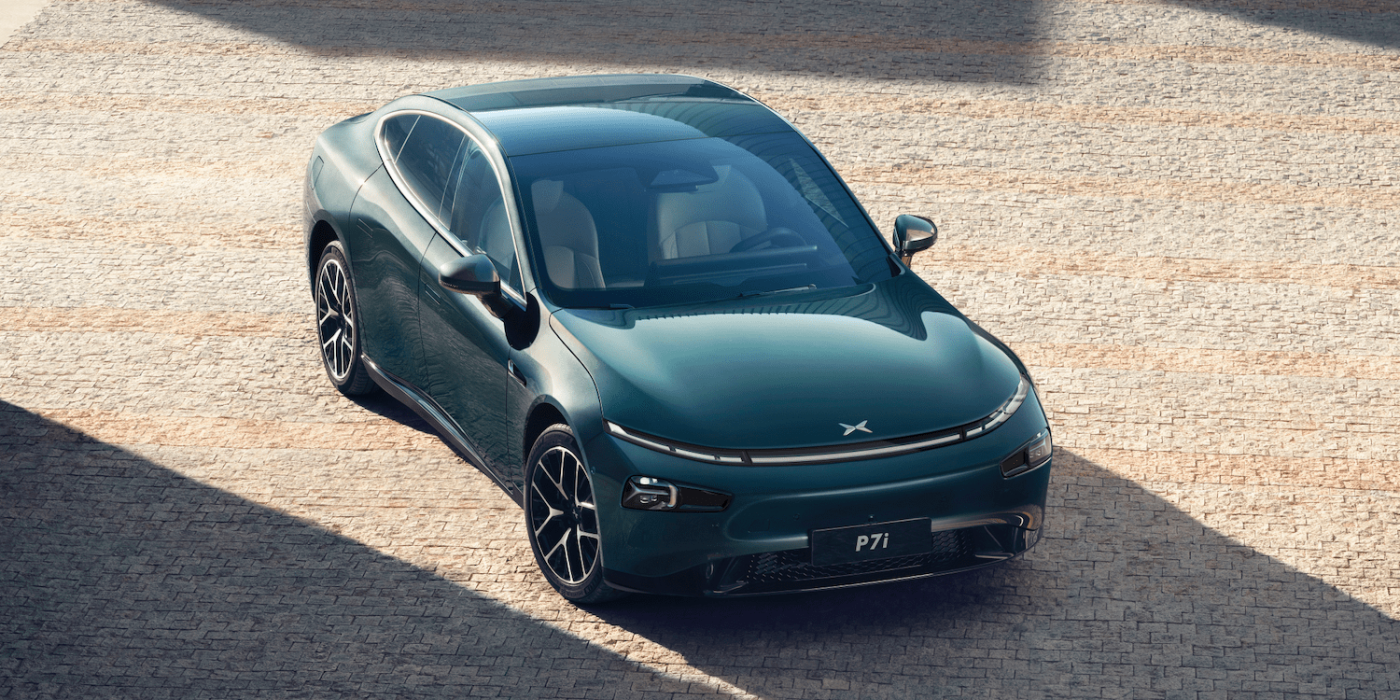
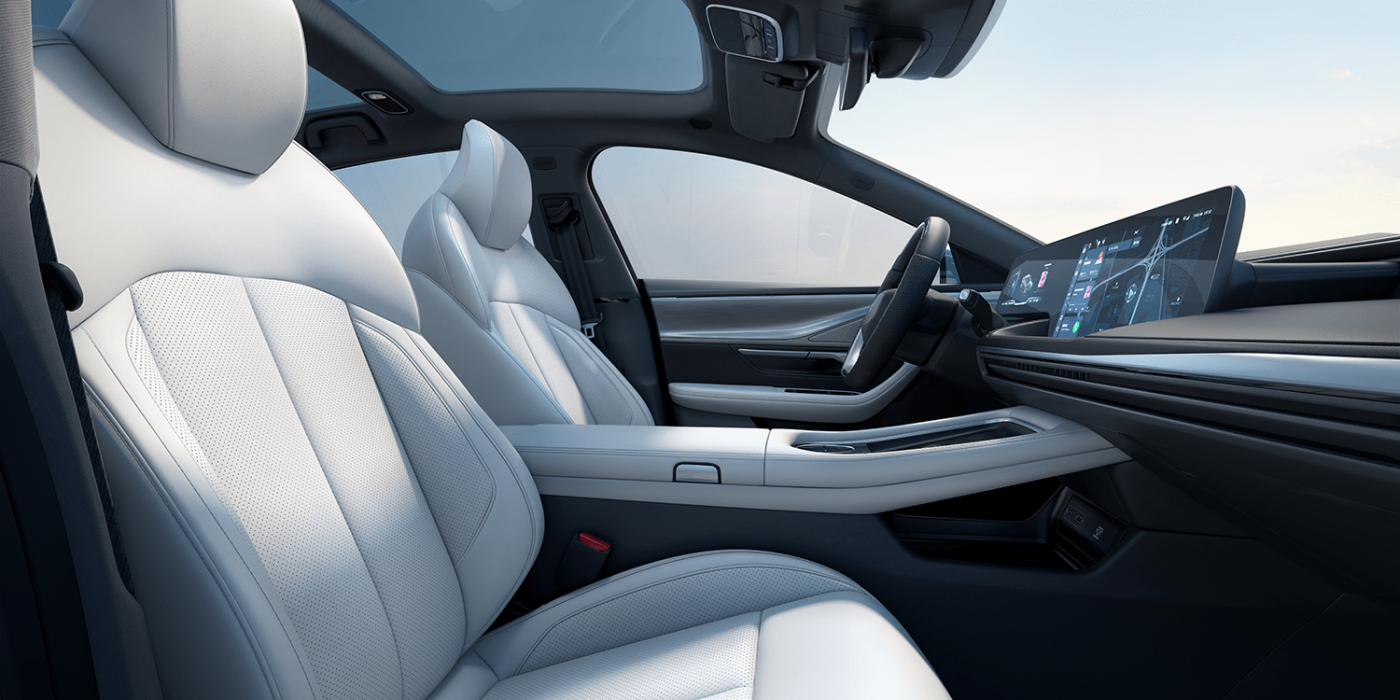
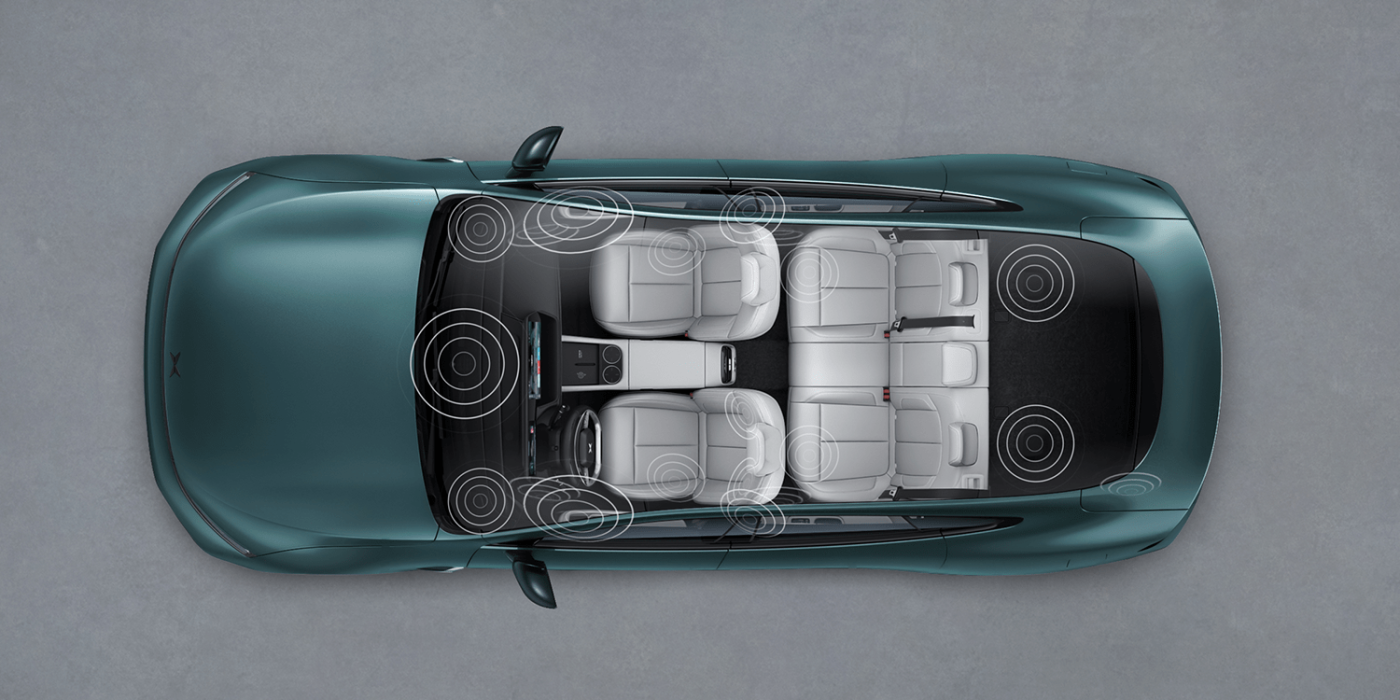
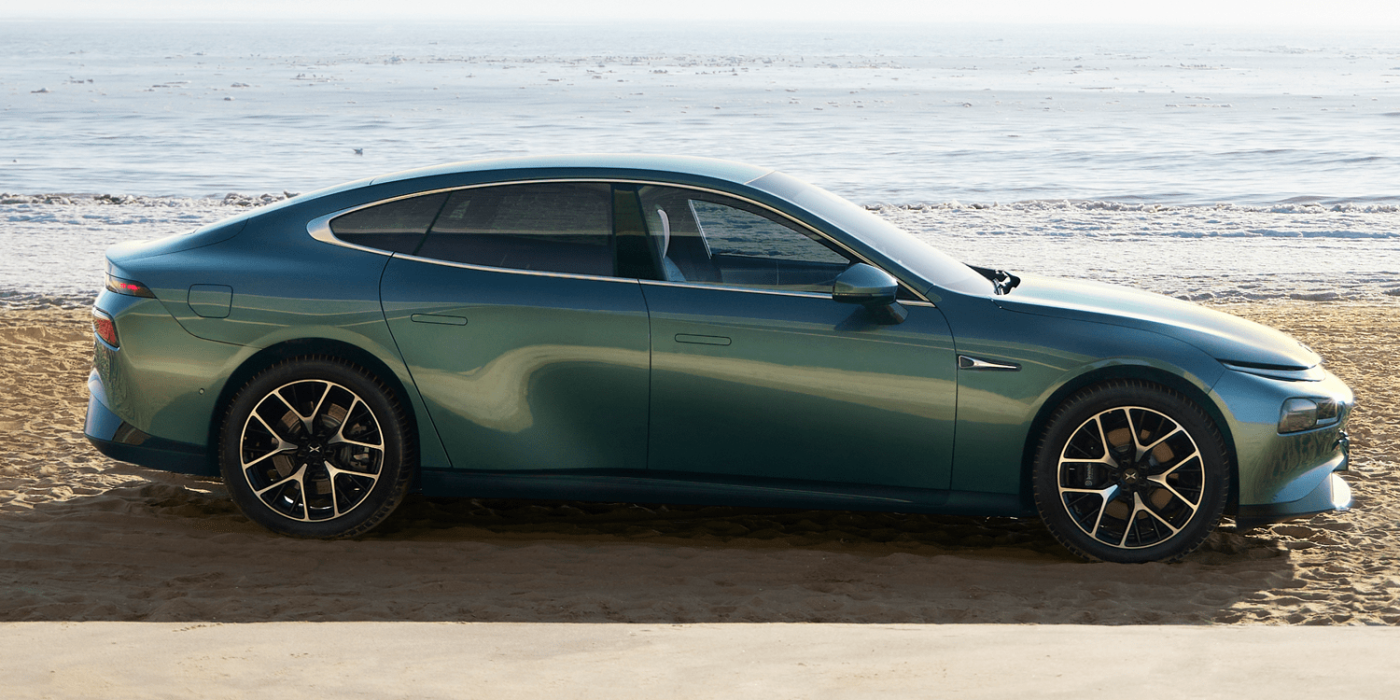
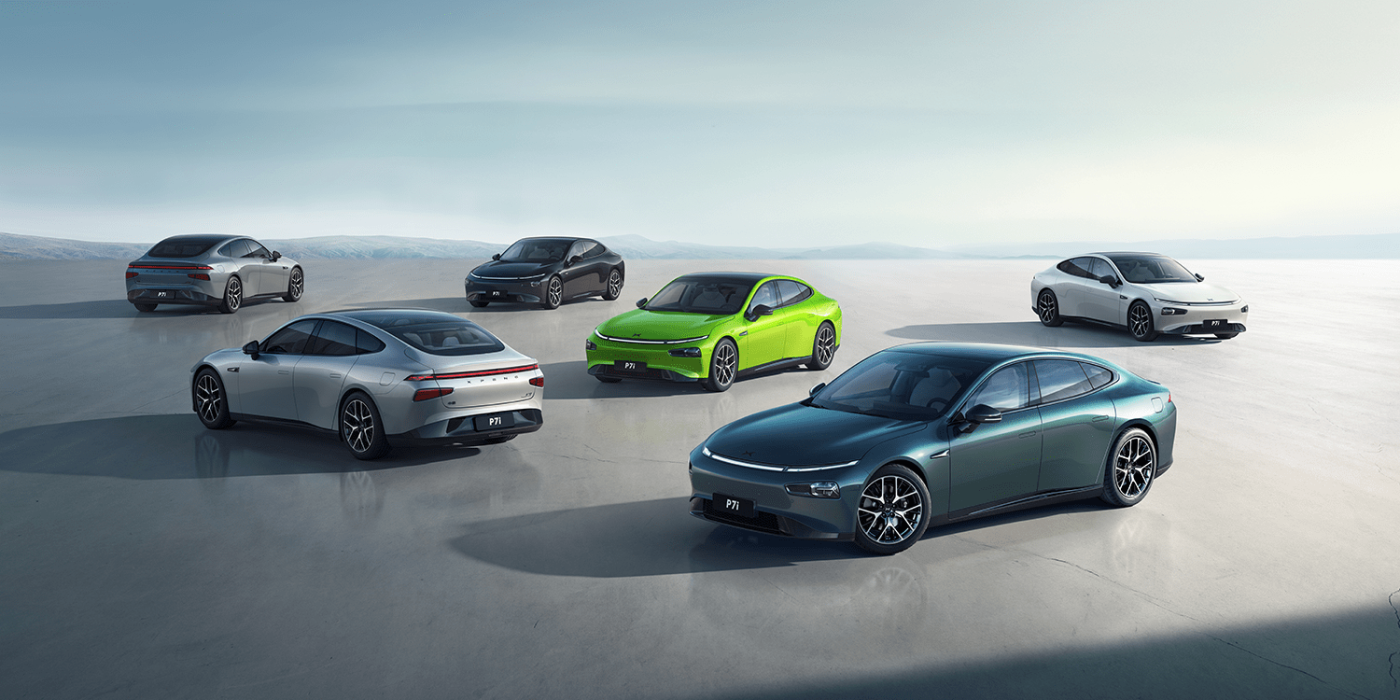
According to CN EV Post, the DC charging power is to climb from 90 to 175 kW. Xpeng itself only mentions the charging time of around 30 minutes for a battery charge from ten to 80 per cent SoC. Previously, the company also quoted 30 minutes – but from 30 to 80 per cent charge.
The Xpeng P7i will still be built on the regular 400 V platform and not on the 800 V version used in the G9. The dimensions do not change either. The model is still 4.9 metres long and has a wheelbase of 3 metres. Xpeng does not give any details about the batteries. The previous model was offered with 70.8 or 80.0 kWh energy content.
While the facelift is hardly noticeable on the outside, it is more noticeable in the cockpit. Among other things, the P7i features a new steering wheel, central controls and a sub-dashboard design.
In view of the recent decline in sales, Xpeng hopes that the facelift will bring a new upswing. The predecessor model of the P7i was Xpeng’s main sales driver for a long time. In 2022, 59,066 units of the P7 were sold, accounting for 49 per cent of Xpeng’s annual sales of 120,757 vehicles. This is according to statistics from CN EV Post.
Incidentally, Xpeng is one of the manufacturers in China that have gone along with the wave of price reductions initiated by Tesla: As early as 17 January, Xpeng lowered the prices of all models except the G9, with the P7 experiencing the biggest price reduction.

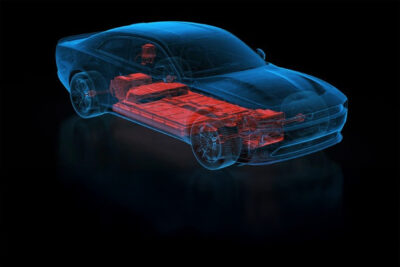
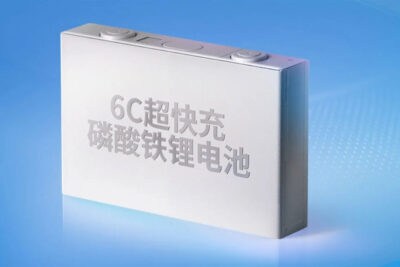
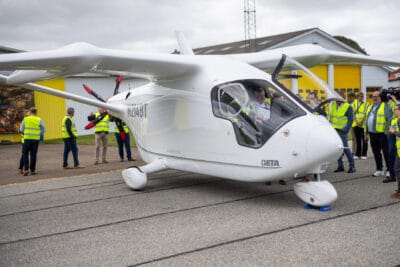
0 Comments